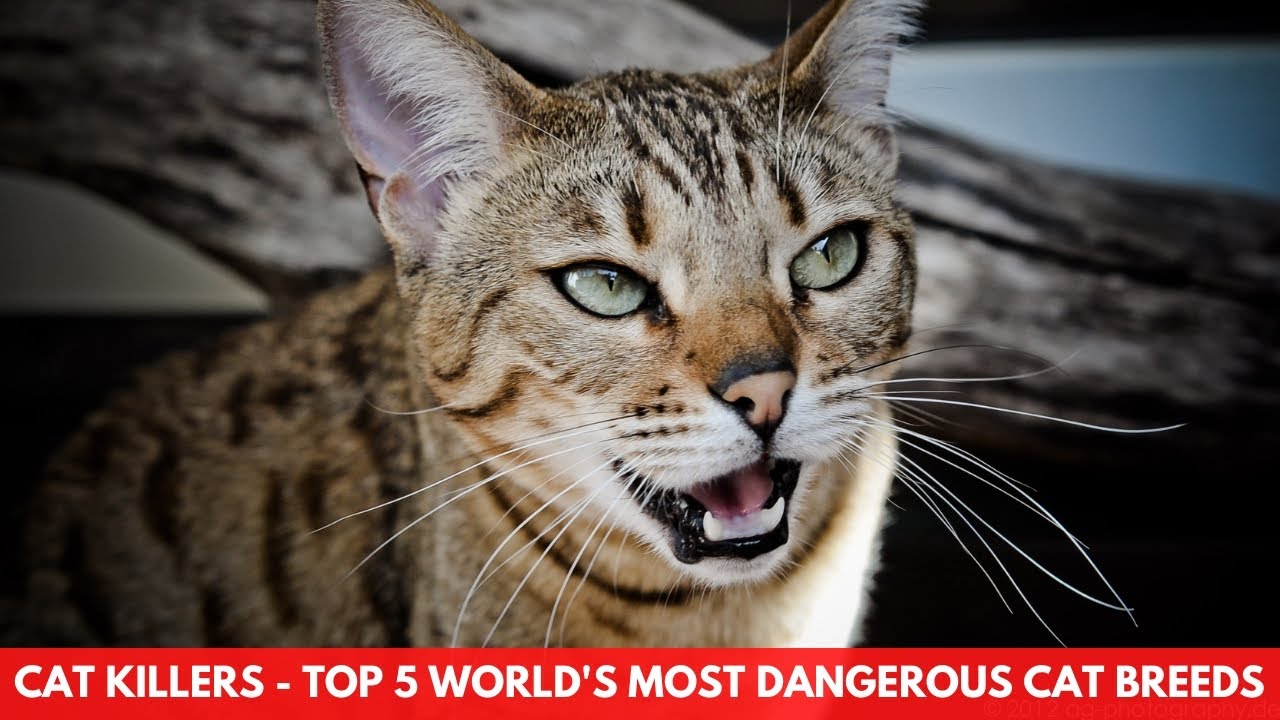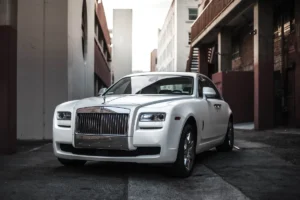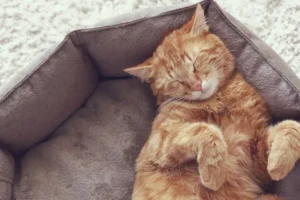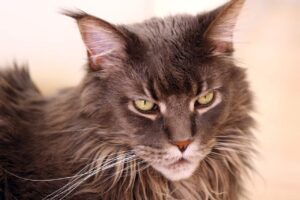Introduction:
Cats are often associated with a sense of mystery and grace, captivating us with their independent demeanor and playful antics. While many feline companions are known for their gentle nature, some breeds carry an air of adventure and risk. In this blog post, we explore the world of the riskiest cat breeds, each possessing unique qualities that may require a bit of extra attention and understanding from their human counterparts.
- Sphynx: The Naked Daredevils
The Sphynx cat, known for its hairless appearance, may seem like a delicate creature, but their lack of fur makes them susceptible to temperature extremes. These cats need extra care to stay warm in cooler climates and protection from harsh sunlight. Regular bathing to remove oil buildup on their skin is essential, making them a unique and challenging choice for prospective cat owners.
- Bengal: Wild at Heart
Bengal cats are renowned for their striking spotted or marbled coats, resembling their wild ancestors, the Asian leopard cat. These high-energy felines require ample stimulation and playtime to prevent boredom, which can lead to destructive behavior. Their wild heritage also means they may be more prone to certain health issues, making regular veterinary check-ups crucial.
- Siamese: Vocal and Voracious
Siamese cats are known for their vocal nature and strong attachment to their human companions. While their affectionate demeanor is endearing, their constant need for attention can be challenging for owners who are not prepared to provide the necessary time and interaction. Siamese cats thrive in social environments, so leaving them alone for extended periods may lead to stress and behavioral problems.
- Maine Coon: Giant Charmers
The Maine Coon is one of the largest domestic cat breeds, with some individuals reaching weights of up to 25 pounds. Their size, while impressive, can pose challenges for owners who may not have enough space or strength to handle such a large cat. Additionally, Maine Coons are prone to certain genetic health issues, such as hip dysplasia, that require regular monitoring.
- Ragdoll: Relaxed to a Fault
Ragdoll cats are known for their docile temperament and tendency to go limp when picked up, hence their name. While this trait makes them wonderful companions, it also puts them at risk in certain situations. Ragdolls may not exhibit typical fight-or-flight responses, making them more susceptible to injury if not handled with care. Owners must be mindful of their cat’s laid-back nature to ensure their safety.
- Scottish Fold: The Quirky Ear Fold
The Scottish Fold’s distinctive folded ears add a touch of charm to their appearance, but this genetic mutation can lead to health concerns. Cats with folded ears may be prone to ear infections and other issues, requiring regular ear care and monitoring. Prospective owners should be prepared for potential veterinary expenses associated with maintaining their Scottish Fold’s ear health.
- Devon Rex: Energetic Elves
Devon Rex cats are known for their elf-like appearance and mischievous personalities. Their playful nature can lead to risky behaviors, such as climbing to high places or squeezing into tight spaces. Owners of Devon Rex cats must create an environment that stimulates their need for activity while ensuring their safety from potential hazards.
- Abyssinian: Climbers and Curious Creatures
Abyssinians are highly intelligent and curious cats that love to climb and explore. Their adventurous spirit can sometimes lead them into precarious situations, such as high shelves or open windows. Providing ample vertical spaces and engaging toys is essential for meeting their need for mental and physical stimulation while minimizing the risk of accidents.
Conclusion:
While these cat breeds may present unique challenges, the joy and companionship they offer can make the extra effort worthwhile for the right owner. Before choosing a cat breed, prospective cat parents should carefully consider their lifestyle, living situation, and ability to meet the specific needs of the chosen feline companion. With proper care and understanding, these riskier breeds can thrive in loving homes, enriching the lives of both cats and their human companions.



